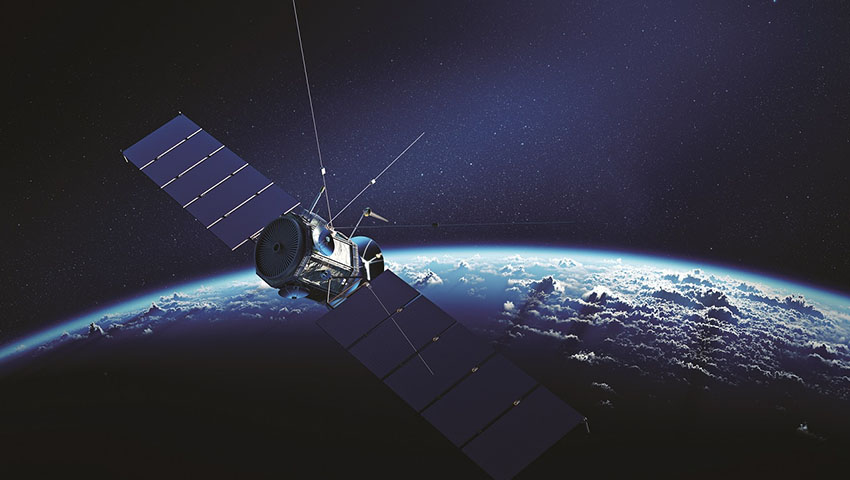SpaceNews said DirecTV advised the US Federal Communications Commission (FCC) last week that in December, an unexplained anomaly caused significant and irreversible thermal damage to Spaceway-1’s batteries.
Boeing, which manufactured the satellite, had concluded that the batteries were at high risk of bursting if recharged since damaged cells can’t be isolated.
The risk was that a burst battery could ignite onboard rocket propellant, creating significant debris.
So the priority was to move Spaceway-1 away from its current geostationary orbit around 35,000 kilometres to a higher graveyard orbit around 300 kilometres further out.
SpaceNews said that according to satellite watchers on Earth, Spaceway-1 started moving on 29 January and was now more than 100 kilometres above geostationary orbit.
The geostationary orbit is home to a large number of the world’s most valuable satellites used for communications and Earth observation and any explosion could produce significant quantities of space debris, which could damage or destroy other satellites.
Spaceway-1 is a large satellite, massing more than six tonnes and at time of launch in 2005 was the heaviest satellite ever placed into orbit.
This was one of the Boeing family of High Power 702 models, designed to provide high definition direct TV broadcasts to the US.
DirecTV is an American direct broadcast satellite service provider based in California and is a subsidiary of US telco AT&T.
Spaceway-1 was designed to last 12 years, so it has well exceeded its planned lifetime.
More recently, it was being used to provide back-up Ka-band capacity over Alaska and DirecTV believed it had sufficient onboard fuel to remain in service to 2025.
DirecTV turned off the satellite’s Ka-band payload and was operating it using power generated directly from the solar panels.
However, the satellite will pass through Earth’s shadow late next month and then battery usage would be unavoidable.
“The risk of a catastrophic battery failure makes it urgent that Spaceway-1 be fully de-orbited and decommissioned prior to the February 25th start of eclipse season,” DirecTV said.
That’s when satellites in geostationary orbit pass in and out the Earth’s shadow, using onboard batteries that are recharged in the periods of direct sunlight.
Boeing said other similar satellites have a low risk of the same malfunction but that the company was providing other operators with a minor update to operating procedures to minimise risk of a similar problem.

